When doing a regional race, aim to get to the destination at least 3 days in advance. This will give you a chance to build your bike up, do all the pre- race admin and shake off the fatigue from the travelling. If you are racing on the other side of the globe allow for 1 day per hour of time difference pre- race, especially if you need to acclimatize to different weather conditions.
Pack Early – Start putting your race kit away 5 – 7 days before you actually fly. That way you can take your time and run through your checklists thoroughly. It will also give you ample time to pick up any last minute items that you may require such as a new race belt or a few of your favourite gels. Run those important but neglected errands that you have been putting off.You want to be racing with a clear head. Take a day off work and give yourself the luxury of a full day before you travel to put it altogether. Packing your bike can take anywhere between 45mins and 3 hours, depending on your box, your bike and your mechanical know how.
You’ll also want to check if with your carrier if there are extra charges associated with checking in a bike box to avoid any last minute surprises at the airport.
Send you bike for a full service at least 10 days before you start packing. That way, you get at least one or two rides on your bike to ensure that it’s been set up properly and everything is good to go. Look out for frayed cables/ cable housing, cracked tires, sticky brakes, worn brake pads, rusty/ seized/ loose bolts ( especially around the aero bars). Check your pedals and cleats. If you’ve just replaced tubulars, take them for a spin to make sure they are glued on properly.
Use a bike box. No matter how much bubble wrap you use on the frame, a cardboard box is not going to stand up well to the banging around from check in to baggage claim. Semi-rigid padded ‘soft’ cases are lighter but may be offer the same amount of protection as a hard case. Don’t forget to stuff your other gear into the bike box to save space and offer a little more protection to your bike.
Preparing to Race
Stay cool and low key. Don’t rush in and out of the athlete village every day to socialize and shop at the race expo. The nervous buzz surrounding a big race is a sure energy zapper. Keep it simple and plan to go in once to pick up the race kit and a second time to check the bike in and buy your souvenirs.
Spend the rest of the time resting, eating well, and chilling out with your family and/or close buddies. Sleep lots and stay off your feet. Studythe course maps and get well oriented. Familiarize yourself with the transition zone, If possible, drive the bike course slowly and get the feel for both the tougher sections (climbs/ descents/ poor road conditions) and the easier portions where you can get into a nice rhythm.All thesemental exercises are part of your pre- race visualisation process.
Pay attention to weather forecasts and make sure you have the appropriate gear. If you are racing in cooler conditions than you’re used to, make sure you have a lightweight spray jacket/ gilet in T1 for the start of the bike leg. It can be removed and stashed into a pocket once the sun has come up and you’ve warmed up. If you are cold and shivering, it is difficult to fire up the pistons.
Training wise, keep everything ticking along with short and easy daily sessions during race week. Take a full day off, 1 – 2 days before race day if you feel tired at all. Recce the swim course on the 2 days leading up to the race, just play in the waves and get a sense of any prevalent current and wind and chop. Practice some swim starts and sighting.
There’s no need to get carried away with carbo-loading for the whole of race week. Don’t let yourself go hungry or get dehydrated at any time, but don’t stuff yourself at every meal either. Remember that you do not need as much fuel during race week compared to your normal training week.
If you are racing in much colder conditions, note that sweat rate drops but losses are not negligible. You will need less fluid but still require a similar amount of calories so make sure that your calories are not ‘locked into’ the sports drink in your bottles You don’t want to be forced to drink just to get your calories in as this will soon lead to bloating and gastric discomfort. Nutritional needs mayfavour solid foods like gels and bars in colder climes so make sure you have a little extra with you.
So there you have it, some tips and tricks to make your life easier as you prepare for your big day. Good Luck and Godspeed!
Shem Leong
ironguides is the leading Lifestyle Facilitation company for athletes of all abilities. We provide coaching and training services, plans and programs, as well training education, health and fitness products to help you learn and live a healthy lifestyle. Come get fit with one of our monthly training subscriptions, event-specific training plans, coaching services, or a triathlon training camp in an exotic location! ironguides also provides Corporate Health services including Corporate Triathlons, Healthy Living retreats and speaking engagements. At ironguides, your best is our business!
Train with ironguides!
Personalized Online Coaching: Starting at USD190/month
Monthly Training plans (for all levels, or focused on one discipline): Only USD39/months
Event based training plans:
Sprint Distance (USD45 for 8-week plan)
Olympic Distance (USD65 for 12 week plan)
Half Ironman (R$95 for 16-week plan)
Ironman (USD145 for 20-week plan)
X-Terra (USD65 for 12-week plan)
Running Plans (10k, 21k and 42k – starting at USD40)

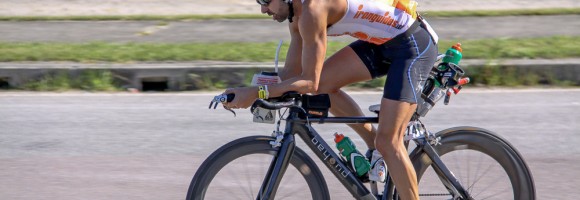




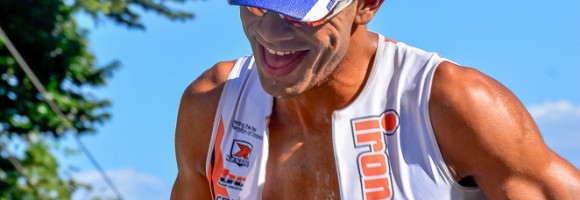
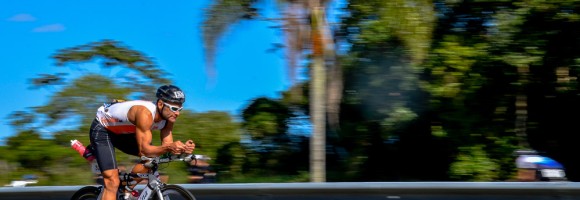
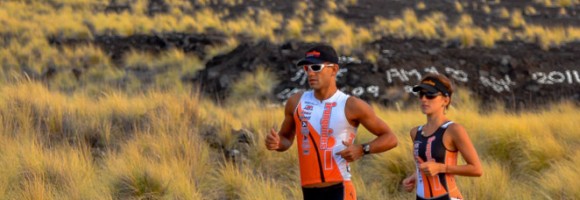
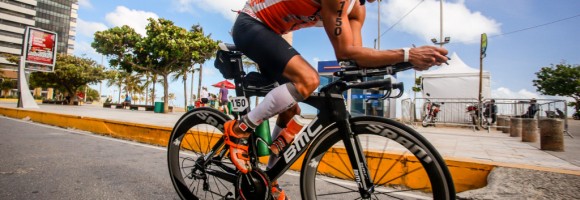
Recent Comments